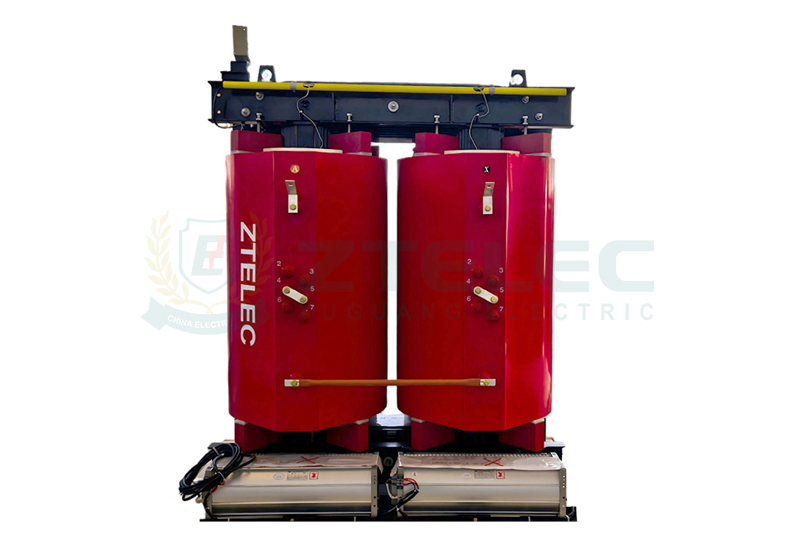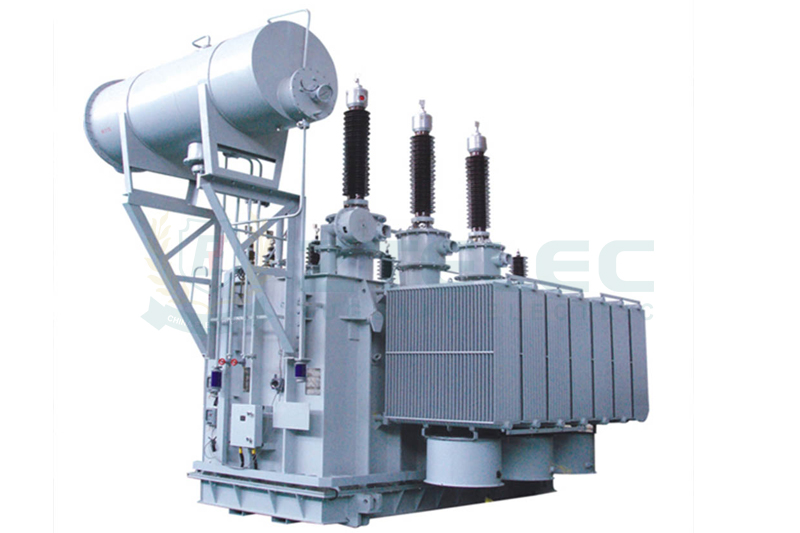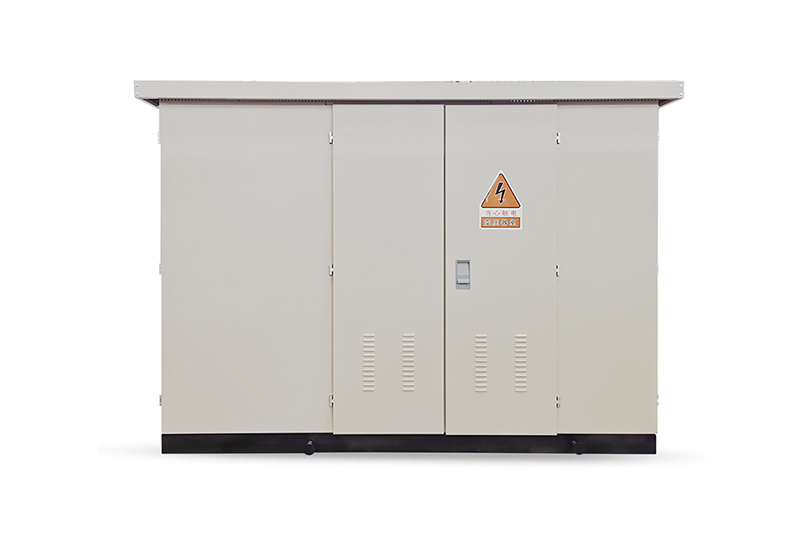How to Prevent Moisture in Transformers Operating in Humid Environments
Time:2025-07-7 Auther:ZTelec-www.ztelectransformer.com
In humid environments, transformers are at constant risk of moisture intrusion, which can significantly impair insulation performance, cause metal parts to rust, and even lead to short circuits. Proper moisture protection is essential to ensure long-term reliability, minimize faults, and extend the service life of both oil-immersed and dry-type transformers. This guide outlines effective prevention strategies, moisture detection methods, and emergency response measures.
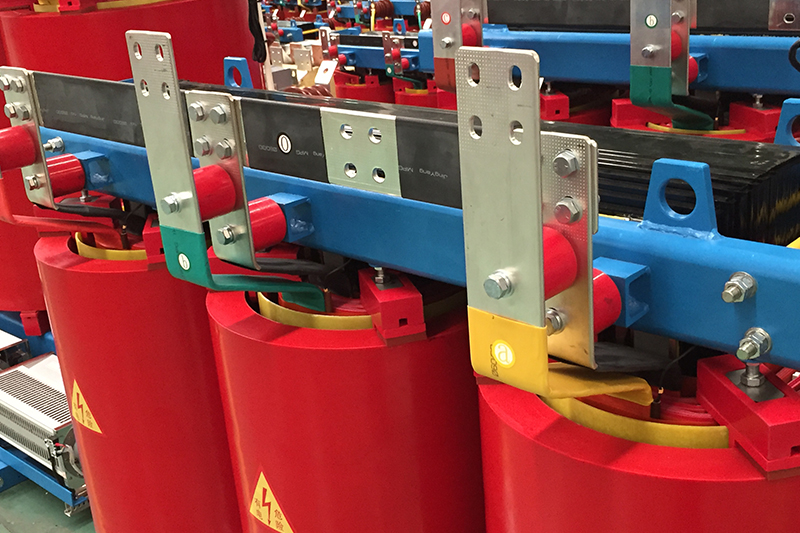
1. Environmental Control Measures
Ventilation and Dehumidification: Install ventilation fans or a forced exhaust system to maintain proper air circulation. During the rainy or humid season, deploy industrial dehumidifiers to keep relative humidity below 70% in the transformer room.
Sealing and Waterproofing: Seal doors, windows, and cable entry points using waterproof putty or sealant to prevent outdoor moisture infiltration. Transformer rooms should maintain a semi-hermetic structure to stabilize internal humidity levels.
Ground Isolation: Raise the transformer base by at least 30 cm or use a moisture-proof insulating mat to prevent ground moisture from seeping into the transformer body from below.
2. Transformer Body Protection
Desiccant System: Oil-immersed transformers must include a desiccant tank filled with color-changing silica gel (typically blue when dry and red when saturated). Inspect the silica gel monthly and replace it once discolored to maintain dehumidification efficiency.
Oil Seal Integrity: Regularly inspect the oil level and quality. A well-sealed oil tank prevents atmospheric moisture from entering the insulating oil. The moisture content should be maintained below 20 ppm.
Internal Heating Devices: Install constant-temperature heating plates (e.g., PT100 type) in the transformer cabinet or control panel. These automatically activate under low-temperature, high-humidity conditions to prevent condensation on internal components.
3. Protective Materials and Coatings
Anti-Rust Coatings: Apply rust-proof paint or galvanized coatings on transformer shells, screws, and mounting structures to inhibit corrosion caused by moisture.
Moisture-Resistant Insulation: Choose insulation materials with high moisture resistance, such as epoxy resin or silicone rubber. Windings should be treated with vacuum pressure impregnation (VPI) to eliminate voids and enhance insulation tightness.
4. Monitoring and Preventive Maintenance
Online Humidity Monitoring: Install temperature and humidity sensors to continuously track environmental and internal conditions. Oil-immersed transformers can be equipped with micro-water content monitors to detect changes in insulation oil humidity in real time.
Routine Inspections:
– Inspect the silica gel condition monthly, increasing frequency during wet seasons.
– Use a megohmmeter to check insulation resistance—low values may indicate damp insulation.
– Perform insulating oil tests annually to check dielectric strength and water content.
Drying After Shutdown: If a transformer becomes severely damp, perform professional drying using hot oil circulation or the short-circuit heating method. These procedures should only be carried out by qualified technicians with proper equipment.
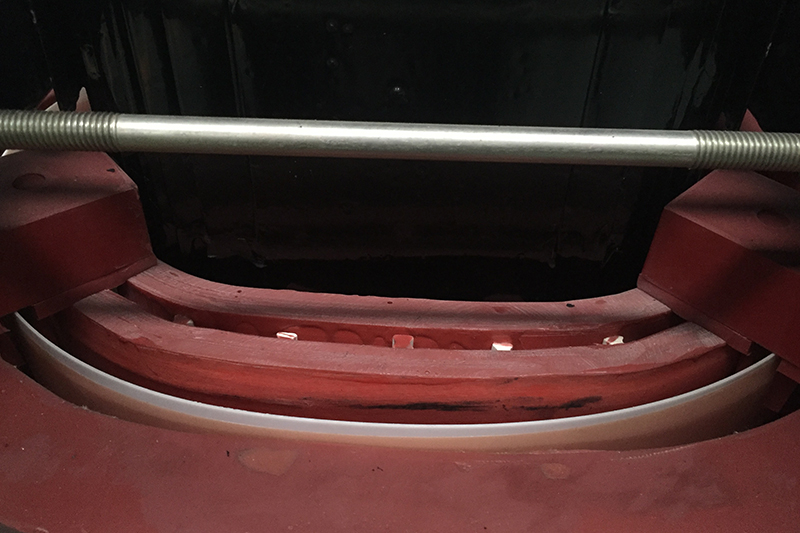
5. Special Considerations for Harsh Environments
Coastal and Tropical Areas: In locations with consistently high humidity or salt air exposure, consider using fully sealed transformers, such as SCB10 dry-type transformers or nitrogen-filled sealed oil-immersed transformers, to prevent air exchange and internal moisture buildup.
Rainy Season Precautions: Before seasonal storms or prolonged rainfall, use rainproof covers, moisture-proof tents, or protective enclosures to temporarily shield outdoor transformers from water intrusion.
6. Emergency Response Measures
Immediate Action: If the insulation resistance drops or signs of condensation are detected, activate the internal heating system immediately and increase ventilation. In serious cases, shut down the transformer and proceed with professional drying operations. Never energize a transformer suspected of moisture intrusion.
7. How to Identify Moisture Presence in Transformers
Oil Color Changes: Normal transformer oil appears clear yellow or reddish. When damp, it turns cloudy, milky white, or dark brown due to emulsification and oxidation.
Abnormal Oil Level: A rise in oil level or mist formation on the oil surface may indicate internal moisture. Observe through the oil level window regularly.
Rising Oil Temperature: Moisture accelerates oil oxidation, generating excess heat. A continuously rising oil temperature outside normal range should be investigated.
Moldy or Musty Odor: A damp transformer often emits a distinctive smell. This is an early warning of possible insulation deterioration.
Visible Condensation: Water droplets, stains, or fog on the transformer surface or nearby surfaces are clear indicators of excessive humidity exposure and internal moisture.
Preventing moisture damage in transformers located in humid environments requires a proactive, multi-faceted strategy. From environmental controls and internal heating systems to desiccant replacement and insulation upgrades, every layer of protection contributes to the overall reliability and longevity of the equipment. Routine monitoring, rapid response to early warning signs, and timely maintenance are essential to keeping transformers dry, safe, and operational.
By implementing the moisture control measures outlined in this guide, engineers and maintenance teams can minimize moisture-related risks and ensure the uninterrupted performance of transformers in even the most challenging environments.

